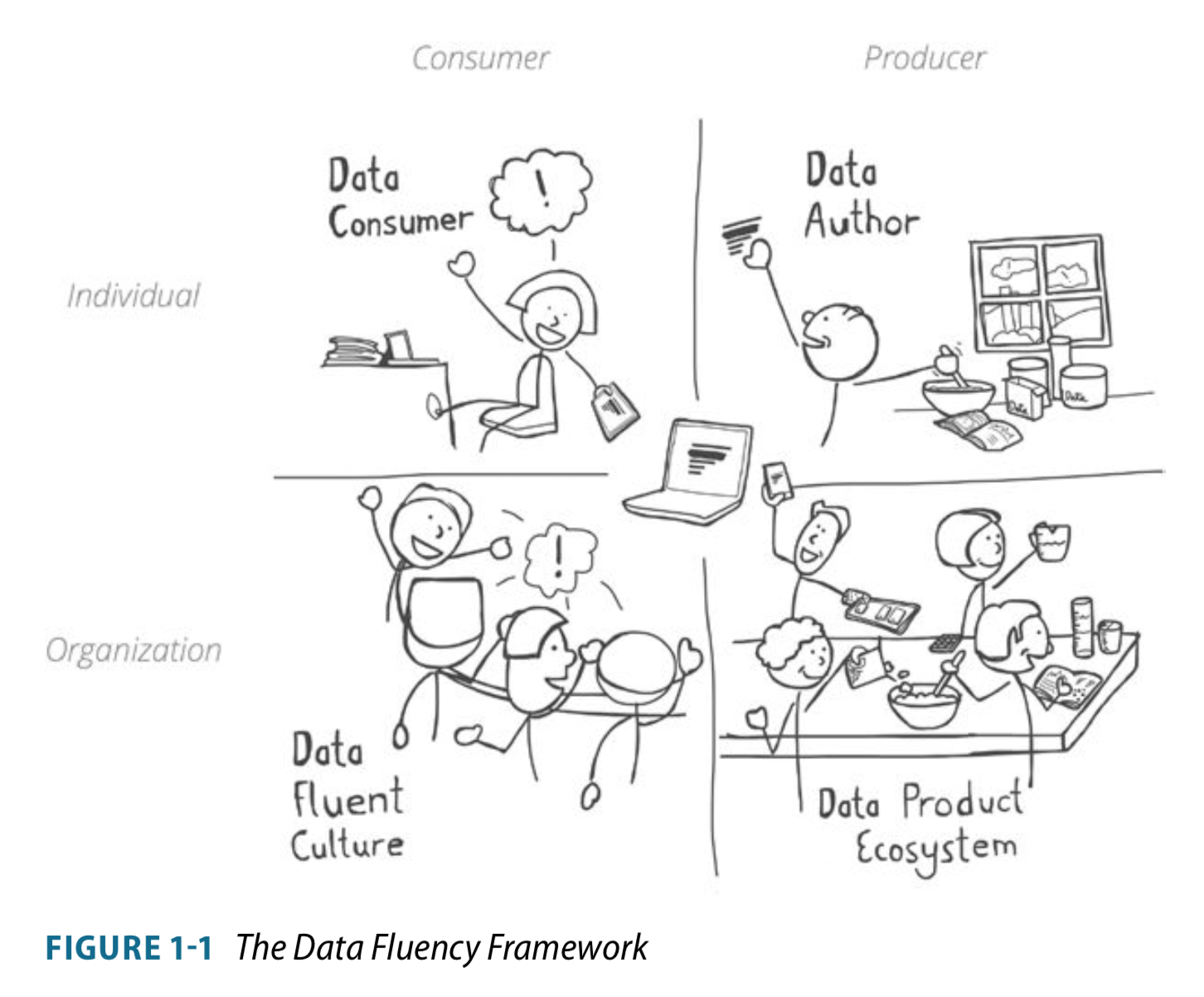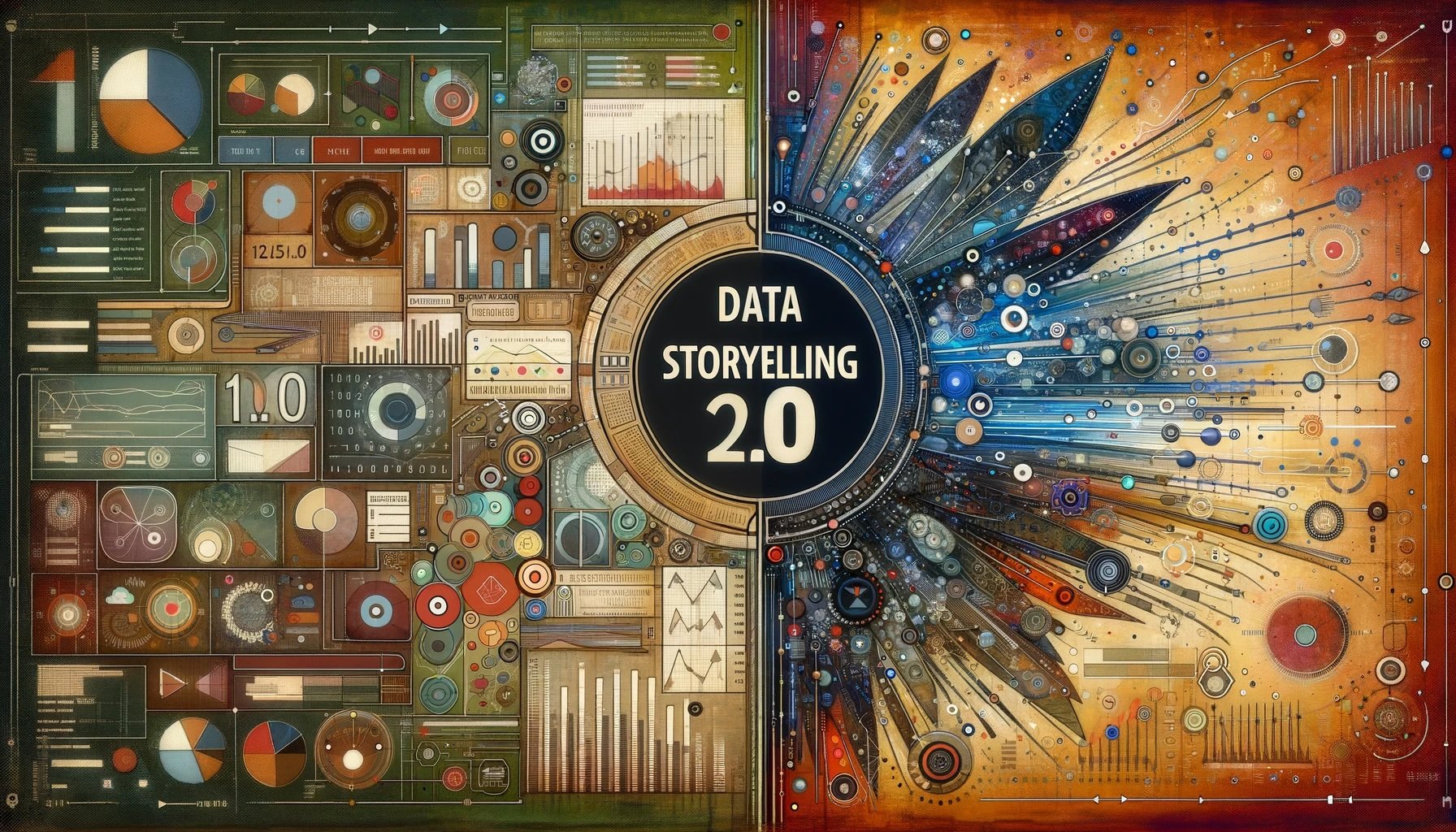Data Consumers — the people who use data products to make better decisions;
Data Authors — the people who create data products to influence and inform decisions;
Data Ecosystem — the set of tools, processes, and capabilities to create effective data products;
Data Culture — the norms, expectations, and leadership that encourage a data-savvy organization.
Of these pillars, perhaps the most foundational and critical is the data culture. Research suggests that many organizations struggle to create this data culture and a healthy data culture is tied to overall performance.
What does the data say?
A recent article from the MIT Sloan Review (authored in part by Thomas ‘Competing on Analytics’ Davenport) summarizes survey results showing that many organizations lack an adequate data culture. Among the key data points:
Only 37% of those surveyed said they would describe their organizations as either “analytical companies” or “analytical competitors.”
67% percent of those surveyed (all senior managers or higher) said they are not comfortable accessing or using data from their tools and resources.
At Juice, we’ve been saying for over a decade that analytics is a social problem, not a technology problem. Another survey from NewVantage Partners underscores this point:
But why is it so important to build a culture that supports and encourages data-informed decisions? The MIT Sloan research shows that companies with strong analytical cultures perform better:
Among the 37% of companies in the survey with the strongest analytical cultures, 48% significantly exceeded their business goals in the past 12 months.
In the 63% of companies that do not have as strong an analytics culture, only 22% significantly exceeded their business goals.
Where to next?
If a data culture was something you could purchase, the companies answering these surveys would have done so. Most large organizations are investing heavily in data science, AI, data infrastructure, master data management, and analytical tools (we can save you money there). Culture isn’t the result of a budget line item; it comes from top-level leadership and a long-time persistence.
Here are a few of the places to start.
• Executive support. From the board and CEO to leaders in HR and marketing, top-level commitment to bringing data into the decision process will set organizational expectations and provide the necessary resource commitments.
• Modeling behavior. Actions speak louder than words. When leaders throughout the organization show data-savvy behavior, like incorporating key metrics into status meetings or championing a new dashboard, everyone will get the message.
• Building habits. Changing behaviors is hard for anyone. It requires a lot of enabling factors including culture, convenience, confidence, and visible impact. Putting these elements in place for your organization is the hard work required to create new habits of thinking.
Ask us about our new workshop to kick-start your data communication skills and plan a path forward toward a data-savvy culture.














